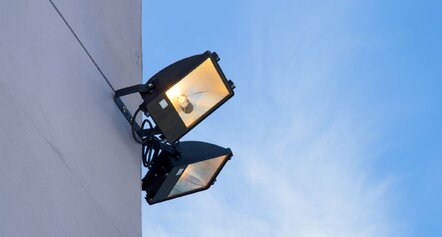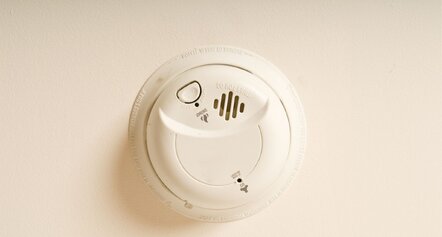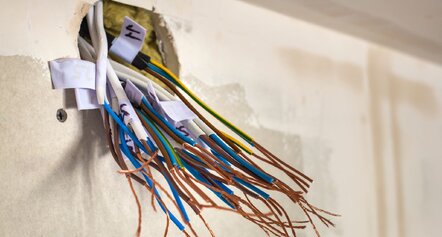Emergencies don’t come with a warning, and in many cases, quick action can prevent serious injuries, house fires, or extensive equipment damage. Knowing how to safely turn off power during an emergency is one critical safety skill every homeowner, renter, and property manager should have up their sleeve.
Fire, flooding, electric shock, or even a sparking switchboard can all require an immediate electricity shutdown procedure. This guide will explain what to do step-by-step and when to call a licensed emergency electrician.
When You Should Turn Off Power Immediately
Certain signs scream, "act now." If you experience any of the following, it’s time to turn off mains power straight away:
- Fire or smoke near electrical outlets, power points, or appliances
- Water damage or flooding close to wiring or outlets
- Someone suffers an electric shock or serious electric shock
- You notice sparks, popping sounds, or a burning smell
- Faulty appliances that short out repeatedly
Don’t wait for help—disconnect power safely if it’s possible to do so without putting yourself at further risk.
Safety First: Precautions Before Touching the Switchboard
Before you open your switchboard, make sure you’re not adding to the danger. Here’s what to do:
- Dry your hands and feet completely
- Stand on a dry surface—avoid puddles, wet ground, or damp shoes
- Use a battery-powered torch if it’s dark (no candles, ever)
- Don’t touch anything if the switchboard is wet or visibly damaged
If you’re unsure, step away and contact emergency services or a local electrician immediately.
Step-by-Step: How to Turn Off Power Safely
Turning off power safely isn’t just about flicking a switch—it’s about doing it with full awareness of your surroundings and the potential risks involved.
1. Locate Your Switchboard or Meter Box
This is typically found on the exterior wall of your home, inside a garage, or occasionally in a laundry or hallway cupboard. Ensure the area around the switchboard is accessible and free of clutter. During an electrical emergency, time matters.
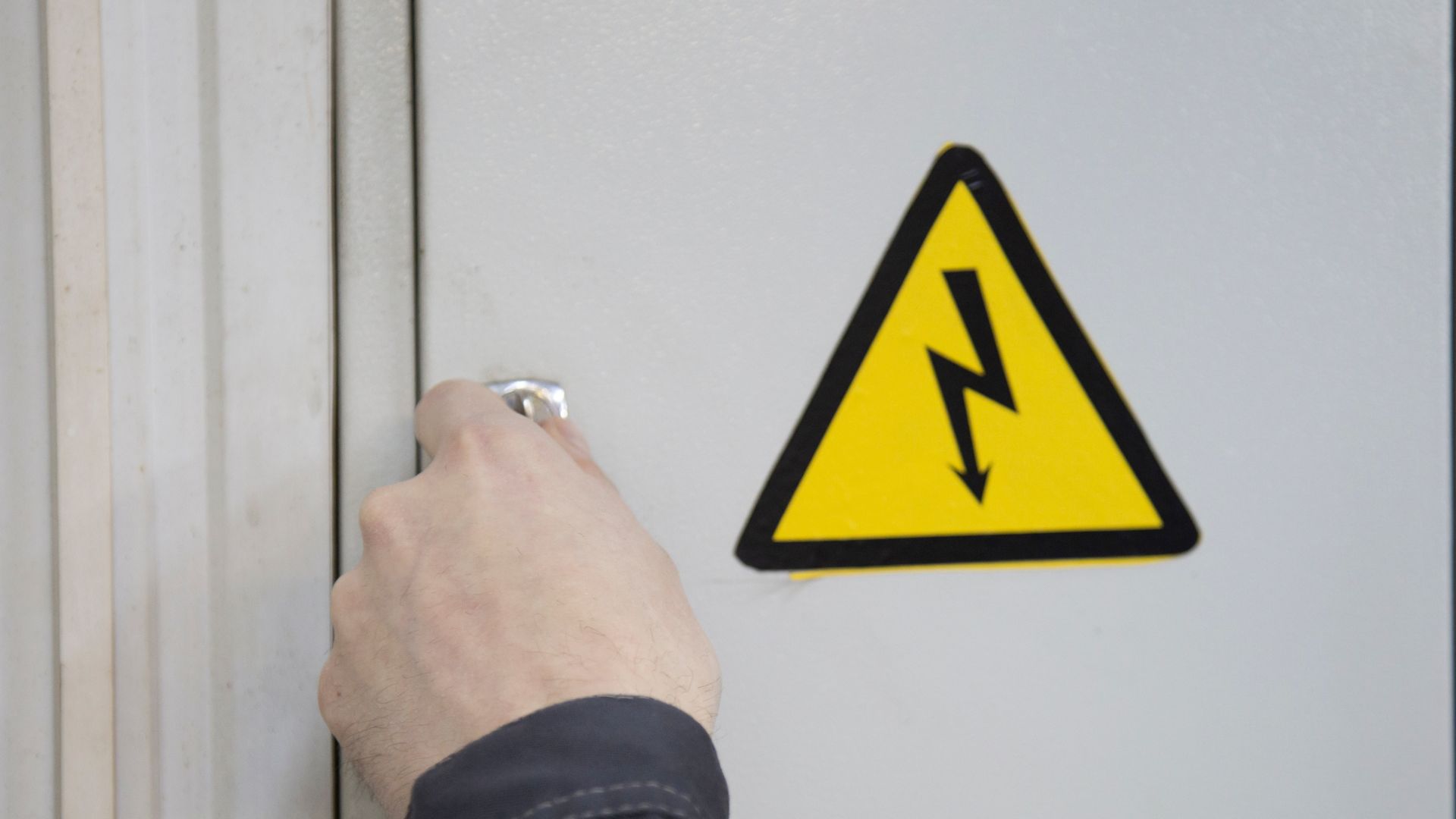
2. Assess for Immediate Dangers
Before opening the switchboard, check for signs of danger, such as sparks, smoke, water, or a burning smell. If you suspect an electrical fire, fallen powerlines, or a serious electric shock risk, do not proceed—call a licensed emergency electrician immediately.
3. Identify the Main Switch
Inside the switchboard, you’ll see a row of circuit breakers and possibly a safety switch. The main switch is usually labelled clearly and positioned at the top or side of the panel. It controls the entire electrical system in your home. Familiarise yourself with this layout ahead of time to avoid panic during power outages.
4. Switch Off the Main Power
Once you’ve found the main power switch, turn it to the OFF position. This shuts off electricity to the entire house, disconnecting the power supply to all electrical appliances, power points, and lighting circuits. This is essential in situations like flooding, electrical fires, or when someone has received a serious electric shock.
5. Isolate Individual Circuits (if required)
If a specific issue is isolated to one area—such as flickering lights, a sparking power point, or a faulty appliance—you may choose to shut down only that circuit. Locate the corresponding circuit breaker or electrical circuit and switch it off.
Never attempt this if there are signs of moisture, visible damage, or burning odours.
6. Leave the Power Off and Contact Help
Even after the power is off, the electrical hazards may remain. Do not attempt to perform any electrical work yourself. Call a licensed electrician or emergency services, depending on the severity of the issue. Inform your electricity supply company if the problem affects the grid or involves fallen powerlines.
Shutting off the main power promptly can prevent equipment damage, further risk of electric shock, and escalation of emergencies caused by severe weather events, power surges, or fallen trees affecting the overhead powerlines.
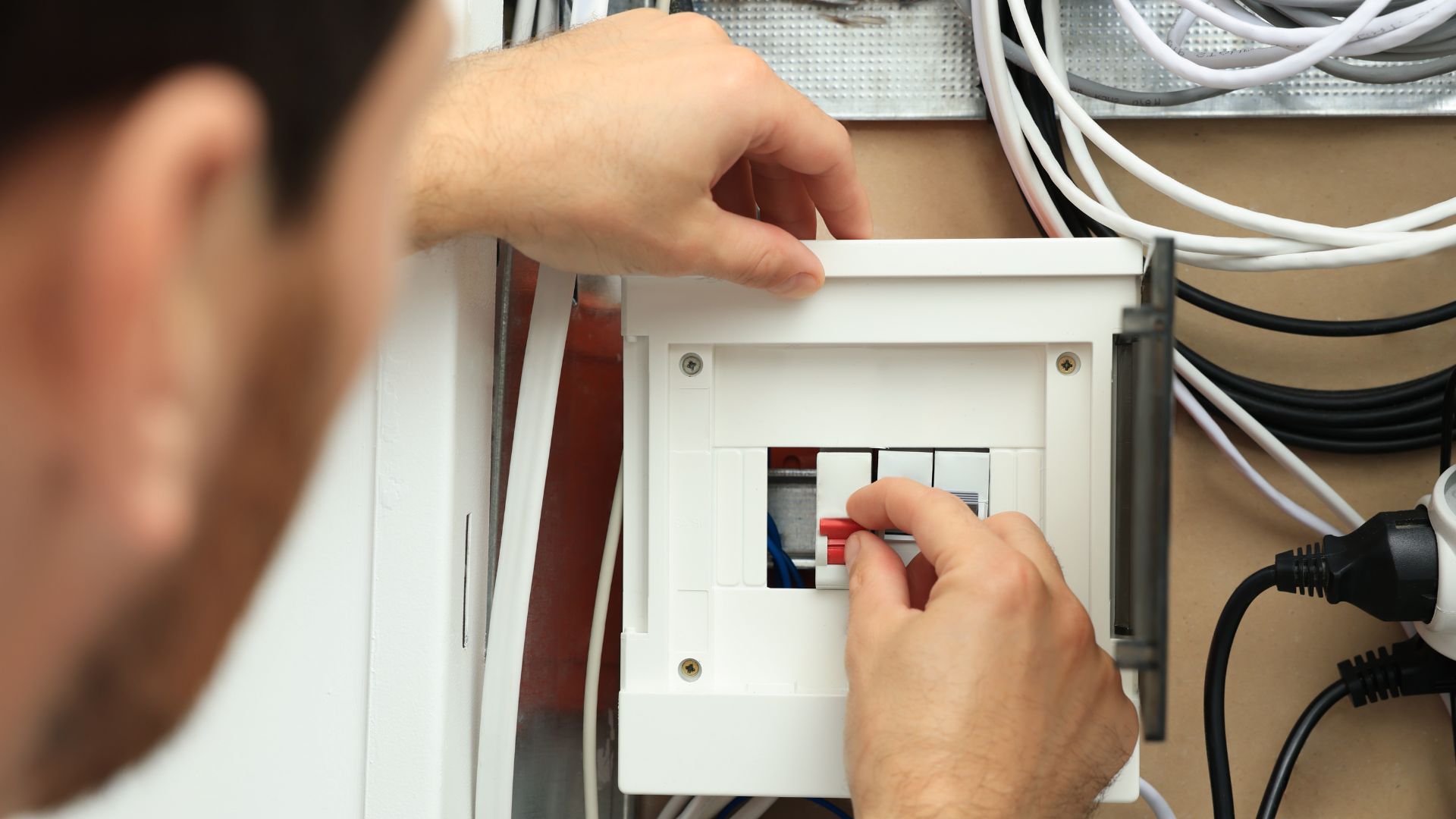
What Not to Do During an Electrical Emergency
- Never touch exposed wires or damaged electrical equipment
- Don’t open a switchboard that’s smoking, sparking, or wet
- Avoid DIY fixes—this is not the time to test your skills
- Never assume it’s safe—call an emergency electrician before turning power back on
Handling power during an electrical emergency without training is extremely dangerous. Leave the risky bits to the pros.
After Power Is Off: Next Steps
Once power has been safely turned off:
- Do not turn it back on unless advised by a licensed electrician
- Wait for a thorough inspection—hidden electrical hazards like water-damaged electrical wiring can linger
- Emergency electricians can assess and restore power safely
It’s also a good time to review any damage to appliances, check for signs of a power surge, and confirm there’s no ongoing electrical fault.
Stay Prepared for Power-Related Emergencies
Preparation goes a long way in any emergency. Here’s how to stay ready:
- Keep a torch near the switchboard—preferably battery-powered
- Label all switches clearly so you’re not guessing in a panic
- Know your electrician’s emergency contact number
- Install a safety switch if you haven’t already—it’s a life-saving device during faults or power surges
Being ready means less scrambling during storms, floods, or severe weather events.
Final Safety Tips
- Stay away from fallen trees, metal fences, and puddles near power lines
- Don’t approach overhead powerlines or downed power lines—call local authorities
- Avoid using electrical appliances during a power outage or until checked
- Don’t try to reconnect electrical circuits without a professional
Keep in mind that electricity is an excellent conductor—and one of the most common causes of household fires in Australia. Knowing how to act fast can make all the difference.
Call a Licensed Emergency Electrician
When in doubt, call the experts. An emergency electrician is trained to handle urgent situations like electrical fires, fallen powerlines, or a full power outage. They’re also equipped to manage situations involving generator misuse, electrical system overloads, or damage from strong winds.
At the first sign of power failure, flickering lights, or sparks, your best bet is to get a licensed electrician on site quickly. Most operate 24/7, so help is never too far away.
Need help now? Reach out to our expert team on the Sunshine Coast for fast, professional support. We’re available around the clock for emergencies, inspections, and electrical peace of mind. If you’re unsure or facing an urgent electrical risk, don’t take chances—contact our licensed emergency electricians now for immediate assistance.
Frequently Asked Questions
How do you safely turn off electricity?
Find the switchboard, locate the main power switch, and flip it to OFF. Only do this if it’s safe—dry conditions, no sparks, no visible damage.
Should I turn my breaker off during a power outage?
If you’re dealing with an electrical fire, faulty appliances, or water damage, then yes. But during a standard power outage, it’s best to wait unless advised otherwise.
What should the first aider do if an emergency involves powerlines?
Do not approach. Keep others away. Call emergency services and wait for the power company or electricity supply company to resolve the danger.
How does an emergency power off work?
It’s a manual process where the main switch or circuit breaker is turned off to disconnect electricity. Some modern systems may have automatic safety shutdowns.


